It is a myth, however - one of those mistaken stories which has persisted over the years. Now, on the 150th anniversary of the match, it is time to set the record straight.
It all goes back to one newspaper report, the Glasgow Herald's account of the game, which stated 'the Scotch' wore a brown jersey with a thistle. As the Herald was one of the first newspapers to be digitised, a researcher must have come across this version which has been widely quoted ever since. However, it does not stand up to scrutiny.
When match reports appeared the day after the game, every paper mentioned Scotland's dark blue, with the sole exception of the Glasgow Herald who, inexplicably, went for brown.
One question which has never been answered is why Scotland traditionally play in blue, and England in white. The reasons behind the choice of colours are not explained, although there was clearly a logic as the Scotland and England association football teams made the same decisions for their first match in 1872.
Not only have these colours persisted ever since, but also the team badges: Scotland's rugby players had a thistle, England a rose, and the same emblems are still found today. In football, the national team emblems of lion rampant for Scotland and three lions for England have also been retained.
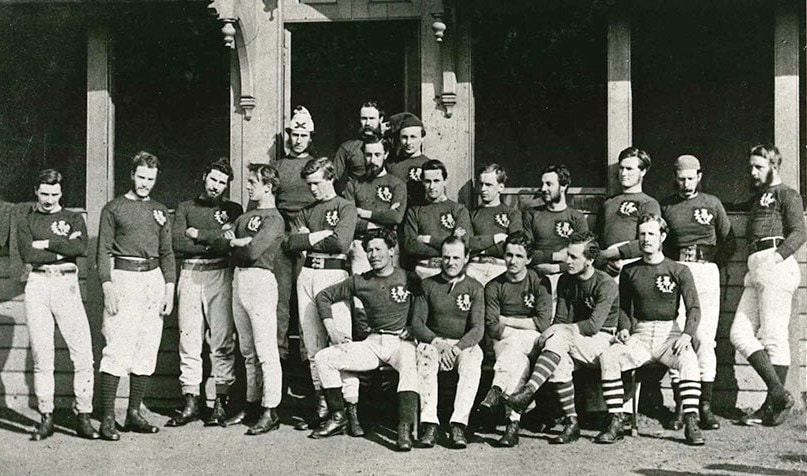
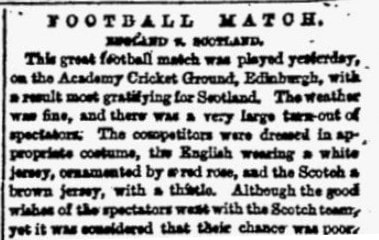
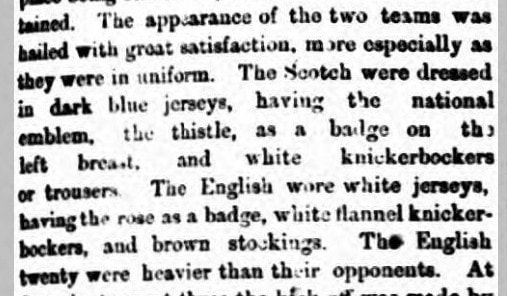

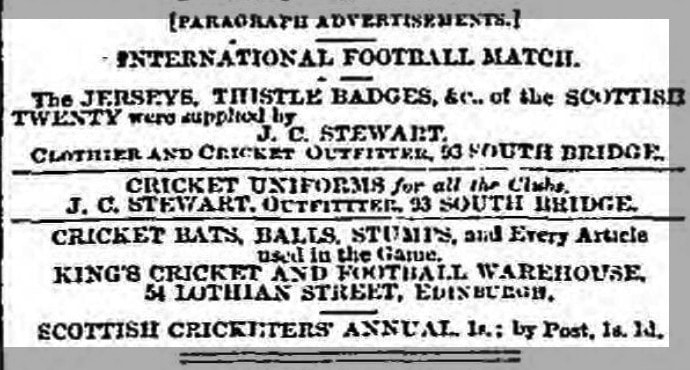
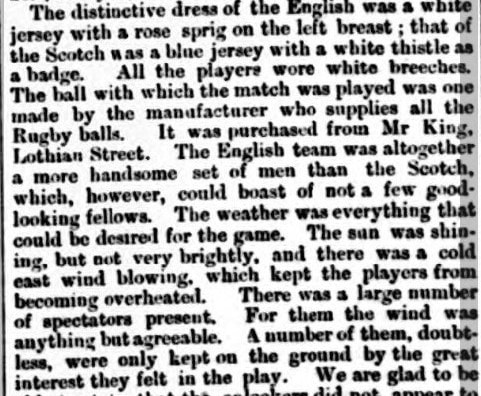
 RSS Feed
RSS Feed